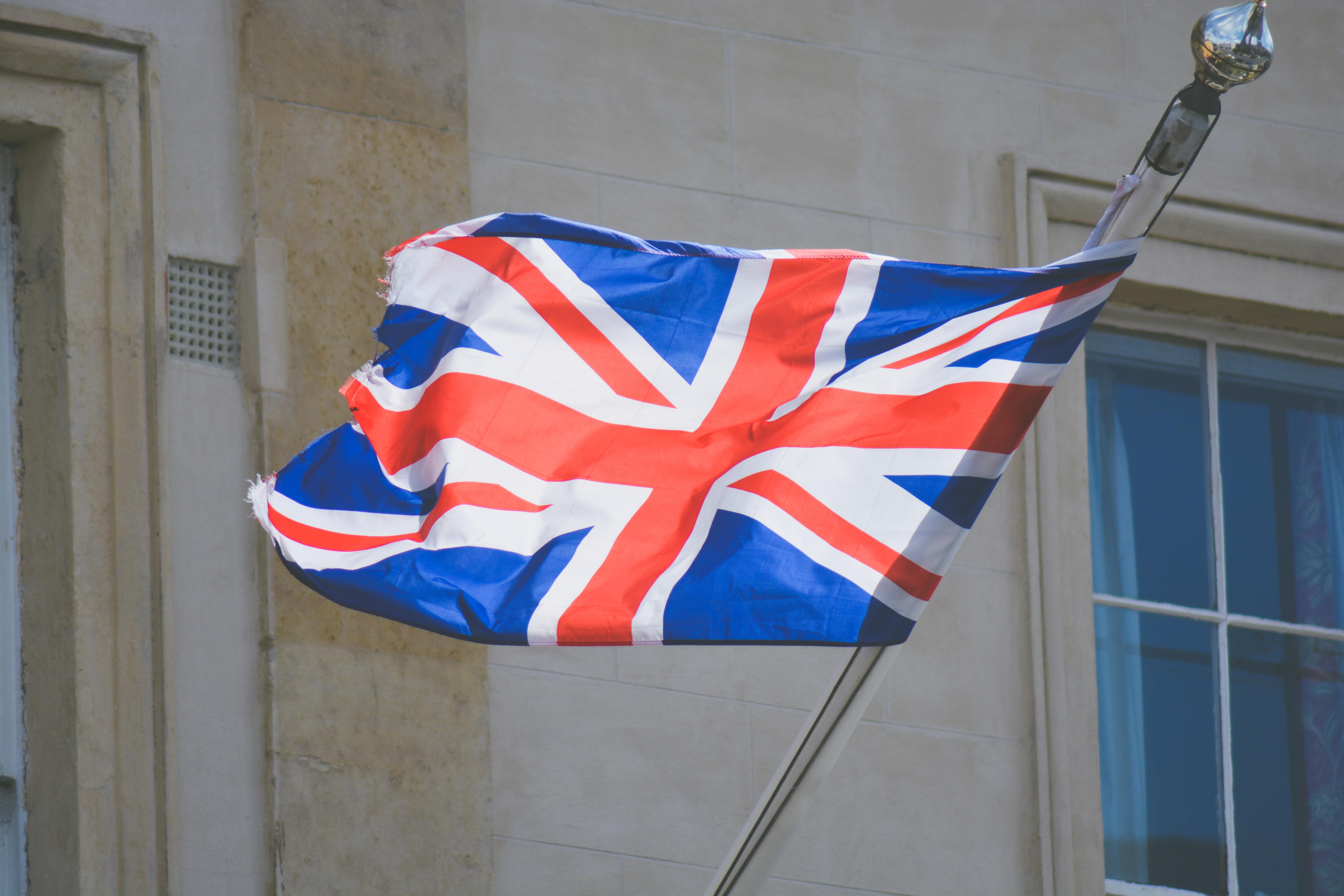UK General Election Unlikely to Have Much Impact on Housing Market, Says New Analysis
The UK housing market is likely to continue on its current trajectory in the run-up to the general election in June, with price growth expected to continue to ease in the coming months.

A review of data from previous elections by real estate firm Knight Frank confirms a relatively moderate impact on activity in the housing market.
Indeed it is the main buying seasons, which typically take place in Spring and Autumn, which still have the biggest influence on sales volumes, according to the UK residential market update report from Knight Frank.
‘However, specific policies can distort a market, especially property taxes. This can be seen from the spike in transactions in March last year as buyers sought to avoid the extra 3% stamp duty introduced for the purchase of additional properties at the beginning of April,’ said Grainne Gilmore, head of UK residential research.
‘There are also some short term changes in activity levels before the ending of stamp duty holidays for certain buyers in 2009 and 2012. In terms of buyer demand across the country, no conclusive trend is apparent around election time,’ she explained.
She pointed out that it is noticeable that the measure of new buyer enquiries across the country from the Royal Institute of Chartered Surveyors (RICS), shows a hesitation before both the Scottish and the European Union referendums but this was followed by a rapid bounce back in demand.
Gilmore also explained that the election is due to fall just a month after the closing of the consultations launched in and alongside the Housing White Paper. ‘A clear plan and timetable for legislation is needed to help boost the delivery of housing across the country, regardless of which political party is in power,’ she added.
The Knight Frank report also shows that values in the prime central London market fell by 6.4% over the year to the end of March 2017, a slight easing from the 6.6% annual fall reported in February.
However, leading indicators of demand have also been increasingly positive in the last few months in this sector with the number of properties under offer in the three months to February 2017some 22% higher year on year.
Outside of London in the prime country market, house prices increased by 0.6% between January and March. On an annual basis, values were essentially unchanged. ‘The slight pickup in values in the first three months of 2017 is an indication that prime markets are starting to stabilise following three consecutive quarters of price falls,’ said Gilmore.
‘That said, the market is still highly price sensitive, particularly at the top end with manor houses underperforming the wider average. It’s a trend which is being replicated in Scotland, with Land and Buildings Transaction Tax, Scotland’s replacement of Stamp Duty, keeping a lid on price growth in the prime market,’ she added.
Prime values in Scotland were down 1.2% annually over the year to March with the exception of Edinburgh where price increased by 1.1% between January and March and by 3% year on year with Knight Frank says is underpinned by a growing imbalance between supply and demand across the city.
















